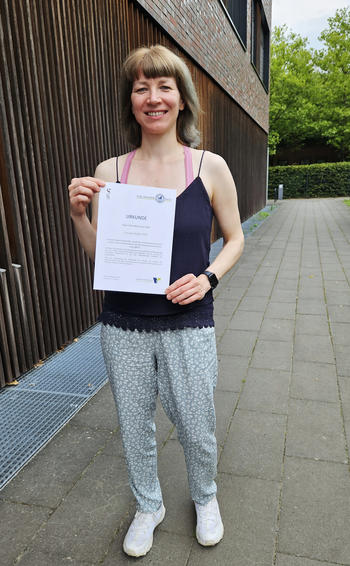Juni 2024 – Caroline Robé
Caroline Robé, Michaela Projahn, Katrin Boll, Anja Blasse, Roswitha Merle, Uwe Rösler, Anika Friese
BMC Microbiology 24, 143 (2024). DOI: 10.1186/s12866-024-03292-7. Impact Factor: 4,2
Prior to our investigations, numerous studies explored Extended-Spectrum Beta-Lactamase- (ESBL-) and plasmid mediated AmpC Beta-Lactamase- (pAmpC-) producing E. coli in livestock, particularly broilers, revealing high prevalence of these antibiotic resistant bacteria with up to 100% positive flocks. The focus was on intervention measures in the production chain to prevent transmission to the food chain, environment or to humans, yet little data existed on disinfection's impact on ESBL-/pAmpC- E. coli at farm level.
For the first time we proved that it is not possible to completely eliminate ESBL-/pAmpC- E. coli after the removal of a positive flock in conventional broiler houses by detection of highly related isolates before and after disinfection examined with cgMLST. It was also shown that extensive and systematic sampling is necessary in order to evaluate hygiene measures taken. Cracks and other irregularities in particular proved to be weak points in the disinfection process.
The results, in context with the results of studies on the minimum colonization dose of ESBL-/pAmpC- E. coli in broiler chickens, indicate that the resistant bacteria detected after disinfection are most likely sufficient to colonize newly housed broilers. A multifactorial approach, combining various hygiene- and management measures, is needed to reduce ESBL-/pAmpC- E. coli in broiler farms.
